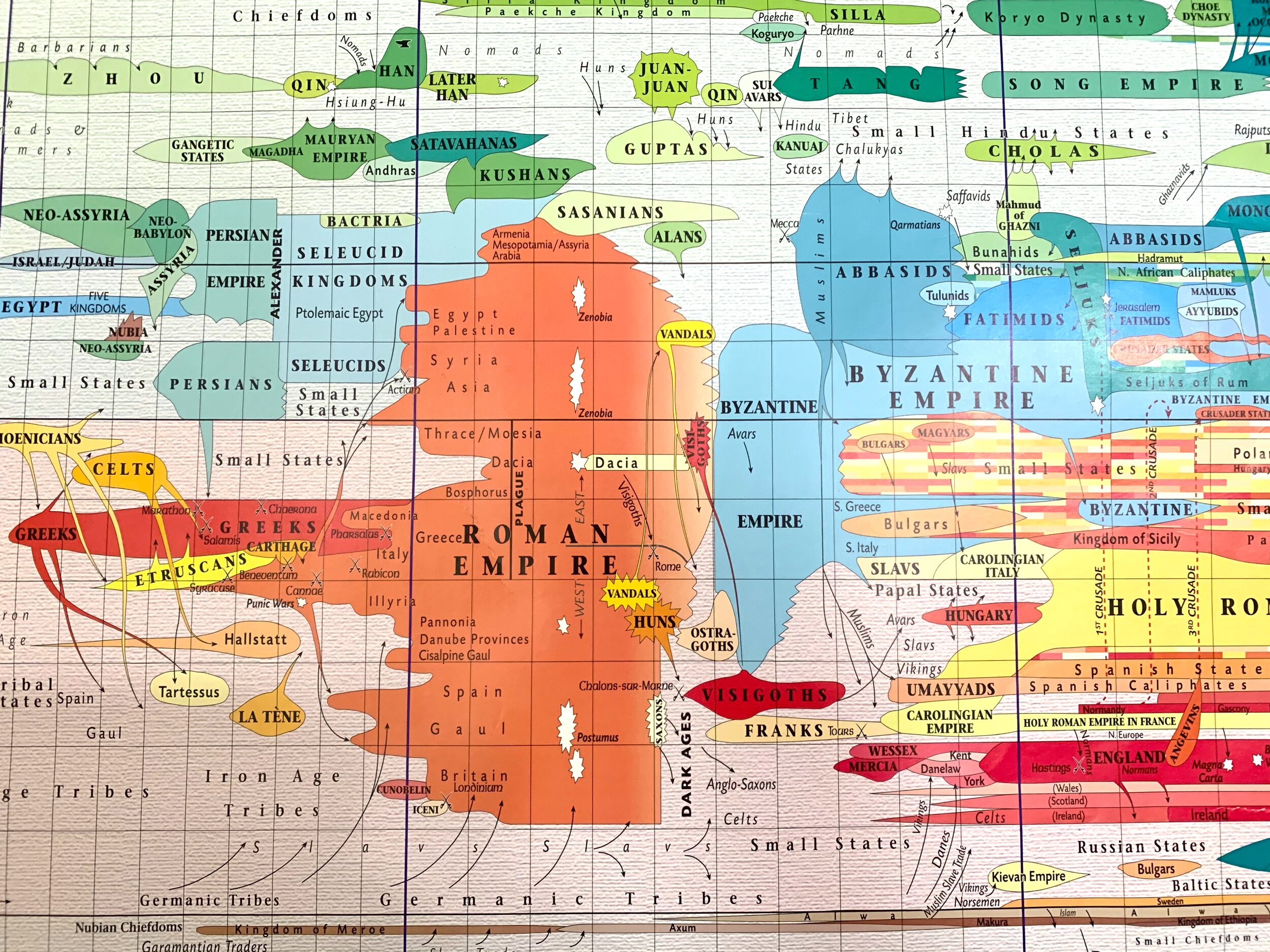So now that I am teaching again and appearing on a lot of podcasts with video components, I have had a lot of questions about the room (my home office) that I sit in when I am in front of my computer’s camera. I will have to admit that I thought about buying one of those room dividers or a green screen, but in the end I decided to clean up the space and decorate my bookshelves with some of my favorite things. A few notable items in the background:
Two of my favorite typewriters on top of the bookshelves: my 1930s Urania QWETZ typewriter from Dresden on the right and my 1950s Model T Groma typewriter (from the former GDR) on the left. There is a bust of David on the floor (who will beat the Goliath of capitalism eventually), hiding some storage boxes hidden between the corners of the bookshelves. There is a framed and signed photo of the first woman in space, Valentina Tereshkova, given to me by the late Elena Lagadinova, as well as an unframed photo of Alexandra Kollontai. I still have my original Rubik’s Cube from the 1980s (designed by a Hungarian architect during the Cold War) and a variety of books on various utopian movements and ideologies. On my walls are a poster of the Acropolis in Athens and the Oxford Cartographers World History Timeline that I have often lectured and written about. The big plant behind me is a fake one that adds a little depth to the room.
It’s not the most exciting background, but I feel like it is at least visually more interesting than a paper screen.




